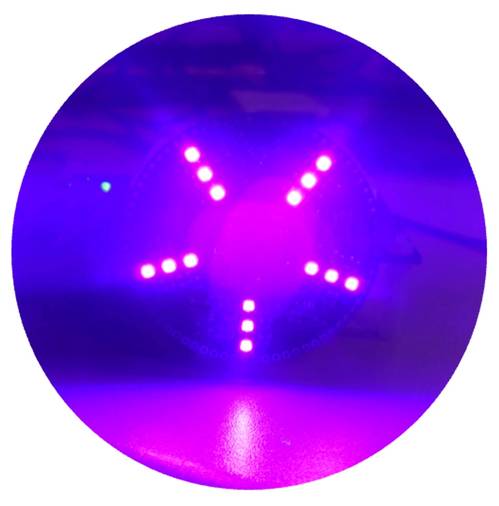Modular LUMATM nodes enable high-bandwidth “WiFi” communication underwater
When cables are impractical for data exchange underwater, wireless communication can be a nice alternative. Unfortunately, up to now, the asset operators and service companies were limited to acoustic technology for wireless communication. Acoustics are great over long distances, but they come with two big limitations: high latency/low speed and susceptibility to noise interference.

Hydromea, a Swiss-based underwater communication and robotics company, is addressing these limitations with its extensive product line of optical modems under the LUMA™ brand. Underwater wireless optical modems ensure low latency, speed-of-light communication at data-rates up to 10Mbit/s. Light is not disturbed by ambient noise from ROV thrusters on busy construction sites and works well next to infrastructure, benefiting from reflections from structures. Our optical nodes are capable of sending up to 1’000x more data than the highest-speed acoustic modem can within the same timeframe. This makes optical wireless communication much more power-efficient than acoustic modems.
The use of light to send data is not a direct replacement for acoustic technology, however. Each has its strengths and weaknesses. For instance, LUMA™ devices do not require direct line of sight to work, but light can go only so far in water. Optical communication, therefore, is ideal for short-range “WiFi” coverage. It can effectively bridge a communication gap between an ROV/AUV and a sensor within up to 50m (150ft) range. Patent-pending modular LUMA™ nodes can also wirelessly connect a work-class ROV with a flyout vehicles. The low latency and high-bandwidth communication enables command/control of a flyout by an ROV pilot in real time with immediate feedback. Streaming live HD video from the flyout through an ROV up to the pilot screen is now possible as well.
Hydromea showed how this could work by developing the world’s first wireless ROV called EXRAY™. This recent video shows a pilot bringing a tethered mothership into a position, parking it in a holding mode and releasing a wireless flyout for closer inspection mission. The pilot can switch between the two and the flyout can also be used to have eyes on a work-class ROV performing an intervention job subsea. The video shows a scenario of a ballast water tank inspection, but this technology can work equally well in deep waters. Optical nodes can be installed on sensors for quick wireless data offload. They can also serve as “WiFi spots” mounted on the subsea infrastructure for immediate live connectivity to AUVs (to take manual control over the vehicle, for example).
Small devices, when networked, can provide quick and affordable wireless communication coverage. A mesh of LUMA™ nodes can be deployed to cover a subsea perimeter with a high-bandwidth communication network, just like the 5G network we enjoy on the ground. Sensors can be equipped with miniature short-range LUMA™ technology at scale to enable “Bluetooth”-like connectivity for data relay and harvesting. LUMA™-equipped wireless cameras can be dropped around a site during an emergency and stream live video to enable real-time monitoring of an intervention.
Hydromea focuses on the miniaturization and power efficiency to increase scalability of the technology in the emerging IoT market underwater. This makes the LUMA™ line of wireless optical modems the most compact, most affordable and most power-efficient commercial products on the market. The small size of the modems and its transparent link allow for both - easy retrofitting on legacy systems and high integration flexibility for the designs of new subsea systems.